Exotic pet
Grammostola rosea has the following given names; Chilean fire or Chilean flame tarantula, depending upon the colour morph also known as Chilean rose hair or Chilean red-haired tarantula, but quite simply much better known as the Chilean rose tarantula.
Originating from the driest of deserts in the world, the Chilean Atacama desert, the female Chile rose can live up to 15 – 20 years. The natural habitat is the scrub and deserts of northern Chile, Argentina and Bolivia, once they were believed to be a natural wanderer but they have now been viewed to living in burrows, though in captivity the tend to not burrow.
Common tarantula
The Chile rose tarantula is probably the most common tarantula purchased from pet shops. The mentioned one here has a given name; Scampi! Mostly active at night or in the evenings the Chilean rose tarantula appetite consists of various delicious species in the form of mealworms, beetles, grass hoppers, moths, and even a pinky mouse.
In captivity the most popular food for them are gut loaded crickets, being overly fed with vegetables these cricket are a great source of hydrated nutrition for the Chile rose.
Low maintenance
The popularity of the Chile rose tarantula as a pet has grown dramatically over recent years, they are inexpensive and low maintenance to look after. Having a size of terrarium at least three times the spiders leg span would be sufficient, a hideaway for it to retreat to, a water dish with a tarantula sponge kept moist twice a week will provide plenty of humidity, the Chilean rose can also be lightly sprayed with water and kept at a temperature of about 25-30deg.
Feeding on around four to six crickets every three weeks the tarantulas eating habit can be somewhat erratic. Fasting can usually last from weeks to months; this can usually be signs of an arriving moult. As can be seen Scampi’s hideaway is a Kit Kat cup as we did not have a plant pot, looking content though.
Chile rose aggression
Not renowned for being an aggressive tarantula the Chile rose would usually run away from danger, if under threat they might though raise their front legs and also show their fangs to defend themselves, most of the tarantulas from the Americas have urticating hairs on their abdomen, these are small and spine like, they kick them off or are released when in danger. Though very docile this defence is usually the days immediately after moulting.
Due to the new coat requiring time to fully develop, within the first week of moulting the Chile rose will have calmed once again. For the process of moulting the tarantula will tip itself onto its back, it will then slowly kick the old skin upwards until fully shredded, during this process it is advisable to give a light spraying of water to help keep moist, and it’s a delight to watch.
Reproduction
Breeding in captivity was first started for research purposes, until people started to keep them as an exotic pet. Upon reaching sexual maturity the male creates a web of sperm before being introduced to the female’s terrarium, females have a couple of months to profit from a cooling off period before this ‘event.’ Approaching the females burrow with much caution he will vibrate and tap his legs to tempt her out of the shelter.
As she investigates he will throw himself forward, using his hooks on her chelicerae he forces his mate into a vertical position. Having now found access to her external genitalia (epigyne) he will insert one or even both, left and right pedipalp and fertilize her through injection of fluid. The female will produce an egg sack containing about 500 spiderlings.
Crickets
Depending on the age and size of the tarantula it is best not to have crickets too large, and certainly do not put any in the tank while the tarantula is moulting, if food is in the tank before moulting the spider would kill them without ingesting it.
Crickets can be purchased in just about all exotic pet stores, more companies are selling live food on line too.
A very easy going pet
If you are after a low maintenance pet, and one that is not going to be disturbing yourself and neighbours with day and night howling then the Chilean rose tarantula will fit perfectly, the main cost is to set it up, that is still quite cheap though. Folks many times say they feel relaxed by watching the Chile rose, it is calm and helps oneself to calm, especially when going through the moulting process, and yes I do talk to my Chile rose ‘Scampi’
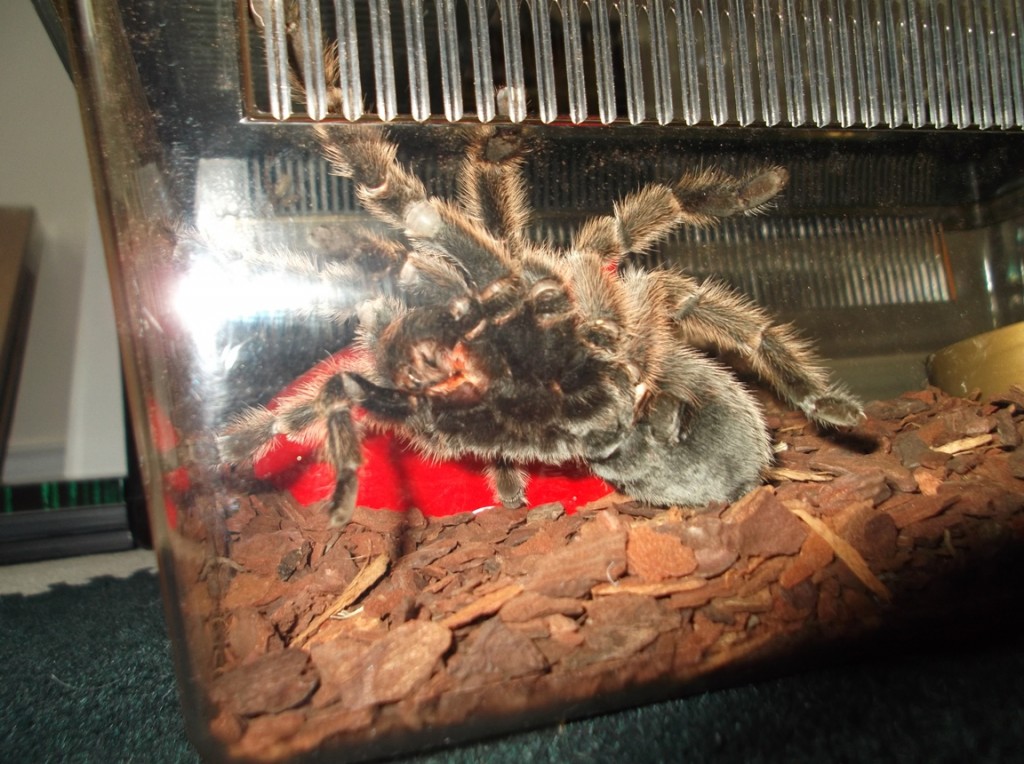
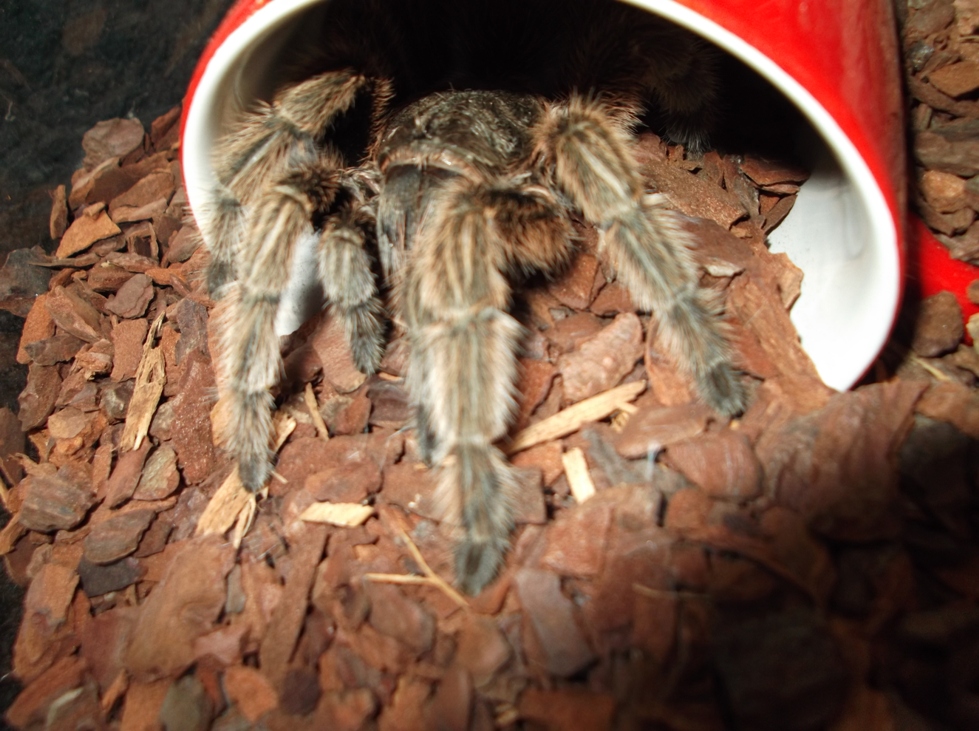
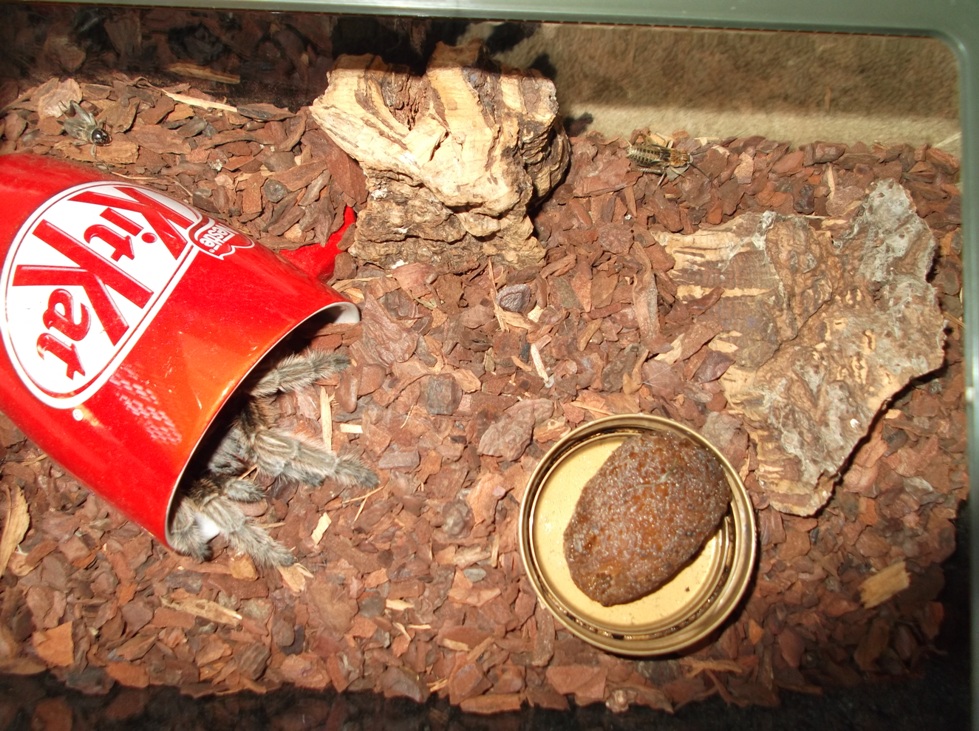
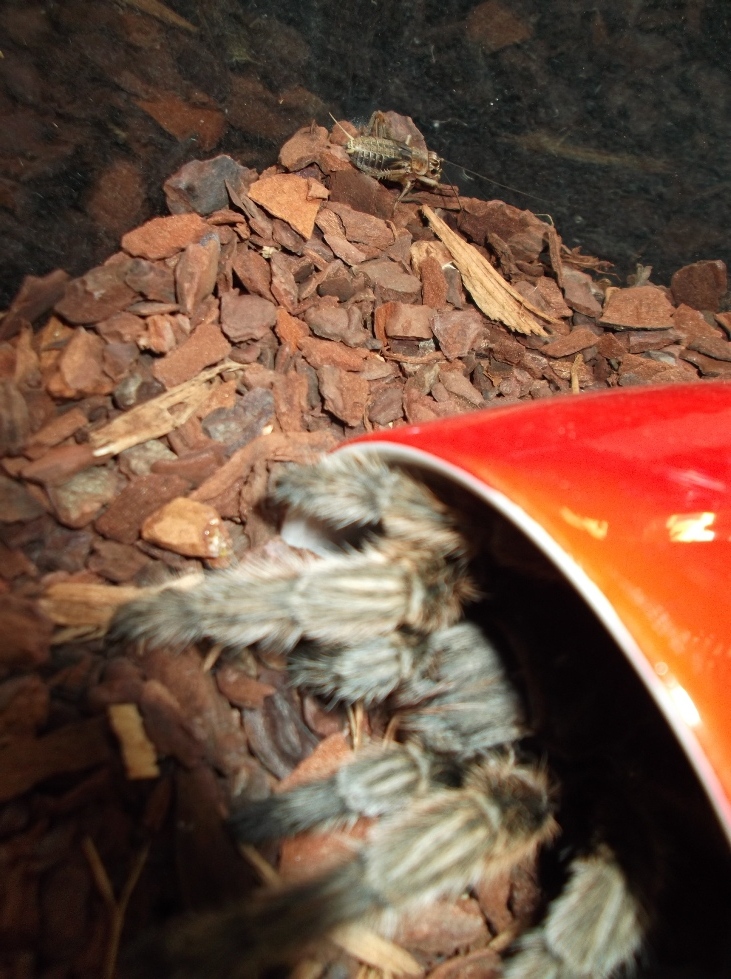
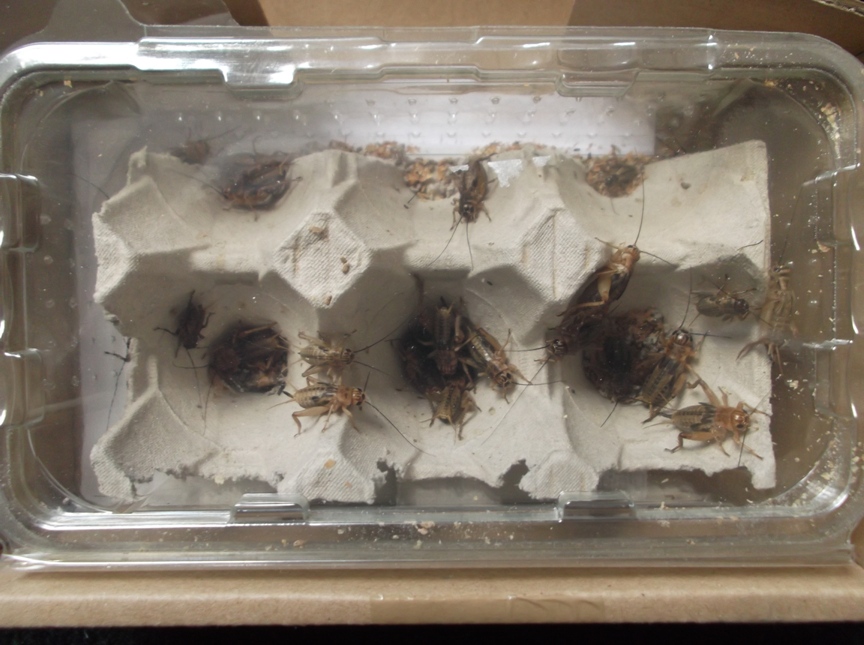
Leave a Reply